Back in 1995, 2 really neat things happened. First is that 32bit computing to the masses finally happened. The second is that lousy audio compression started to really really take off.
And like many other people, who weren’t lucky enough to have a SUN or NeXT workstation, we got our first taste through Real Audio.
Back in the day, I was lucky enough to have a ST4766N 676MB SCSI disk, that was actually large enough to decompress a CD-ROM audio disc to, which in the mid 90’s was a rarity!
So with enough disk space, I was able to rip the CD-ROM to uncompress WAV files. Oddly enough today, this is a trival thing to do. In this day and age to re-create it, however I’m going to take a FLAC, and downsample it to a 44100Hz WAV file using Audacity.
Once you’ve opened up your source material, in the bottom left drop it down to 44100…
And this will let you start the export process
And this let’s you set it to a signed 16-bit PCM WAV which Real Audio can happily transcode.
And this is why for most people transcoding a CD-ROM would be out of reach, as ripping a CD-ROM would require an enormous amount of hard disk space for someone circa 1995.
Using the encoder, it’s a simple matter of opening up the WAV file, select a destination name, and set the encoder. In this case I want the smallest file possible, so Im using RealAudio version 2, suitable for 14.4 modem.
And just hit the ‘Start Encoding’ button, and you are good to go! In the day this whole process would take HOURS and HOURS… I think the encoding ran over night. But today this only takes a few seconds.
And now it’s super easy to load it up on a player, and listen to it’s…. semi awesomeness.
And just as I recalled, I was able to transcode the first 5 tracks in under 1.2MB, enough to fit onto a 5 1/4″ diskette, or a 3 1/2″ disk.
Once Windows 95 was a shipping thing, things like the media player started to get better and more versatile codecs to support u-law, a-law, MPEG-2, and even MP3. But thanks to an early start Real Audio was up there with flash as one of the first ‘must have’ programs to unleash the new and exciting. Real couldn’t make the jump to mobile devices, and once MP3 streaming via shoutcast and other ‘DIY’ free solutions took over the market and obliterated the very expensive and proprietary RealAudio servers. While progressive networks is still around, they are the Yahoo of audio.
One minor thing of interest is that VLC, can play RealAudio files. I thought it was interesting, although I guess not all that practical.
For anyone who wants to play along, you too can try these files:

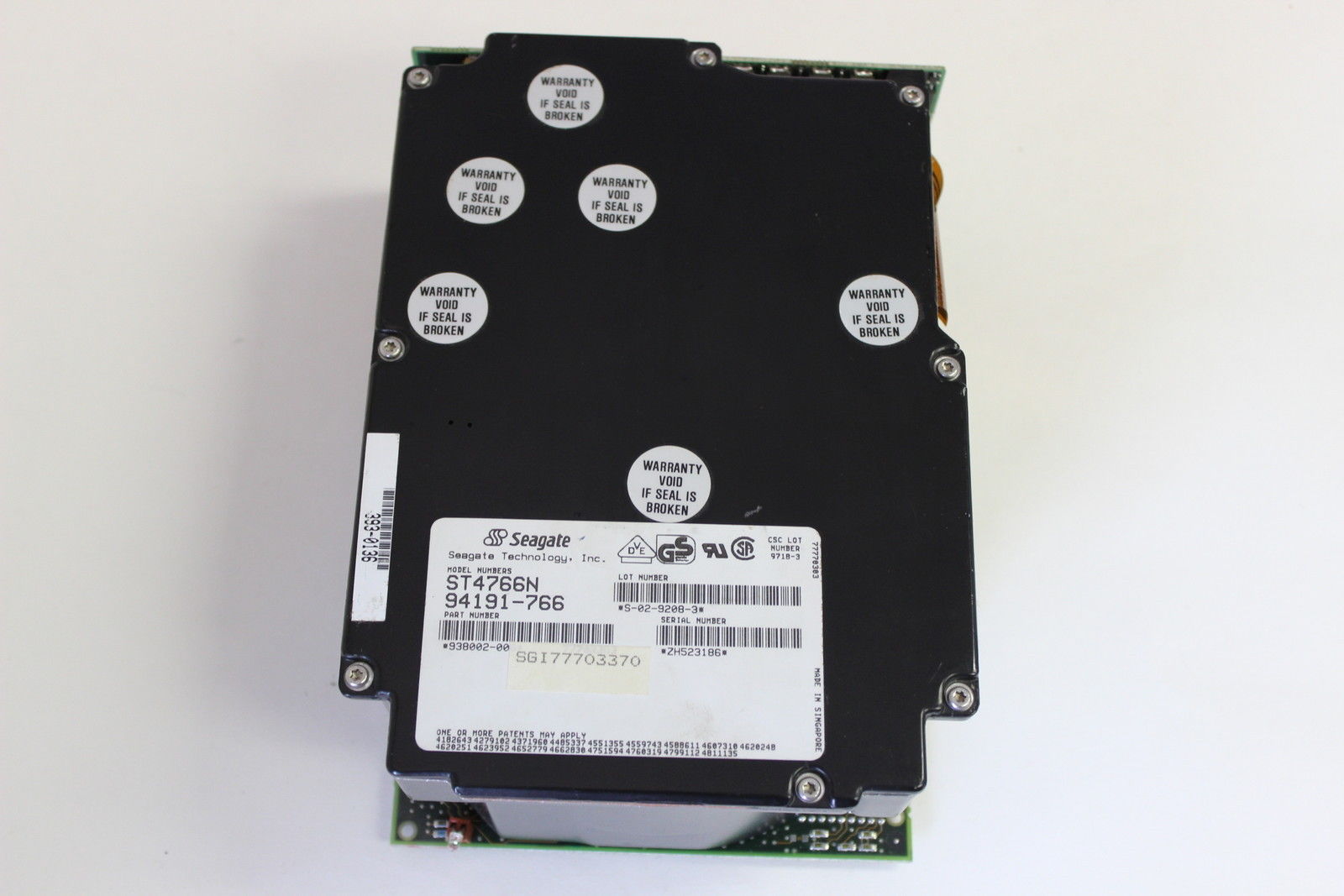
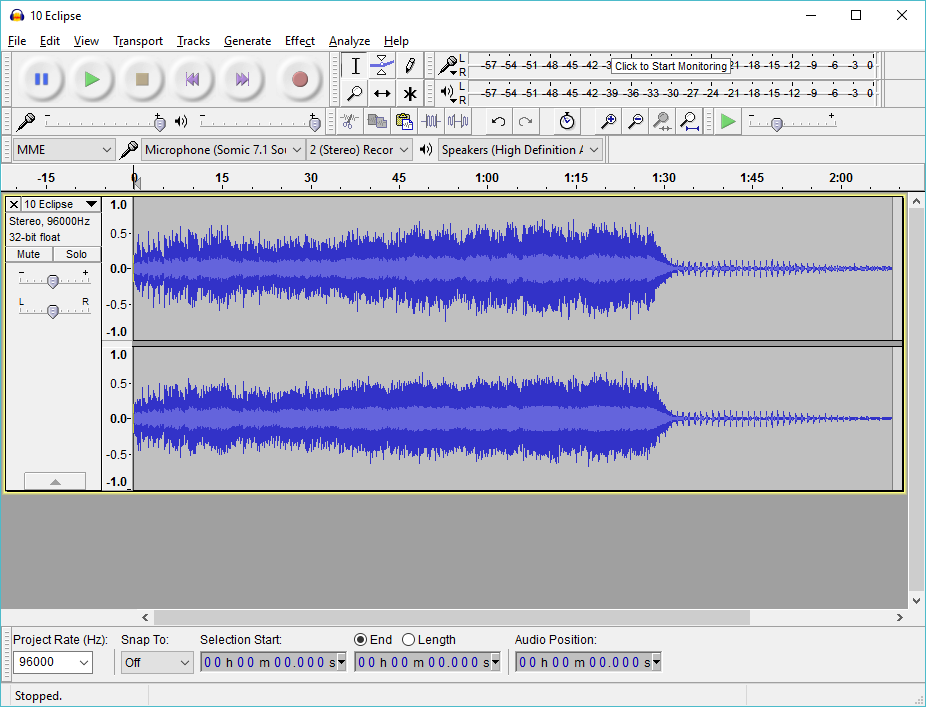
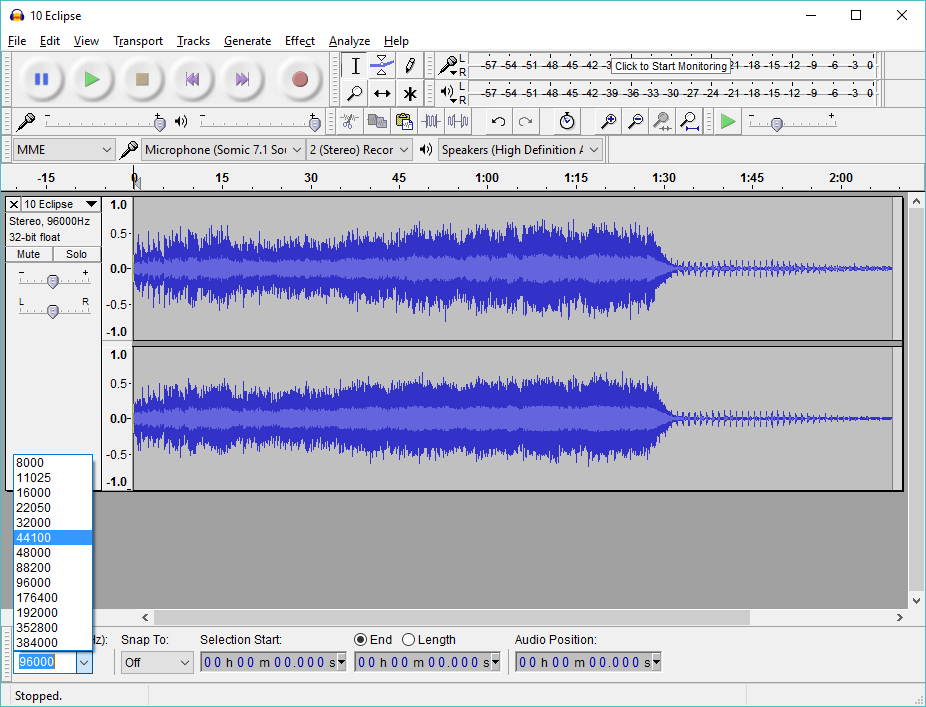

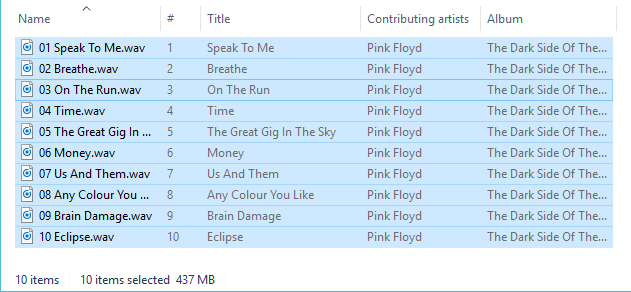
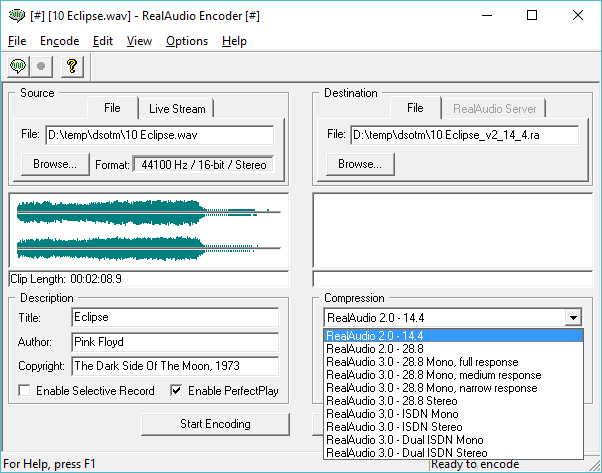
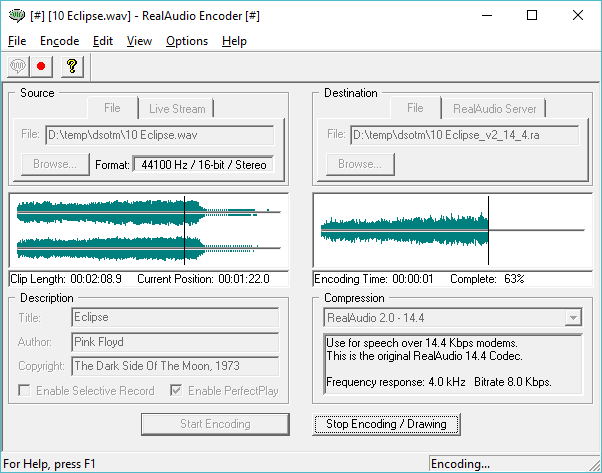
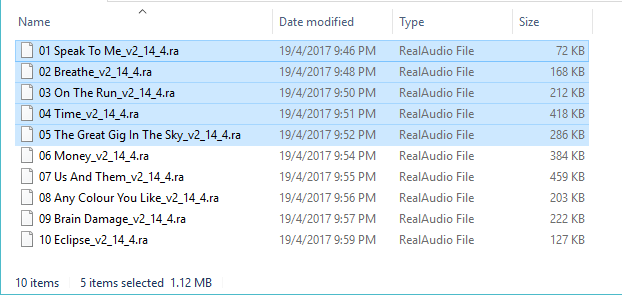
Cute.
I wonder how Opus would compare today? … Off to check it out…
CD audio is 16-bit stereo 44100 Hz, so if you got anything other than that off the CD, it either wasn’t CDDA, or your ripper transcoded it for you.
In this case I’m using a vinyl FLAC rip at a higher rate… And RealAudio can’t cope with anything higher than 44100.
You could configure early CD ripping software to encode to mp3 after extracting each track, negating the need for hundreds of megabytes of free space. You’d still of course need at least the amount that the longest single track took (in 44 kHz 16 bit stereo 1 minute would take up around 10 MB).
Well sure you could do a track at a time, but who couldn’t resist to try ot listen to 400+MB of WAV’s in real time?
Remember any CD-ROM ripping programs of the early 1990’s? I’m trying to remember how I got the files, it’s been so long I don’t recall. But 1996 would be about as late as I would imagine as I was working by then, and had access to a CD-R, so the whole ripping CD-ROM’s to digital audio didn’t come back into fashion until I got a DEC Alpha where I could RIP to MP3 in realtime.